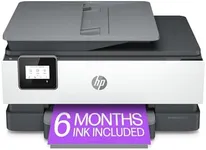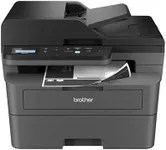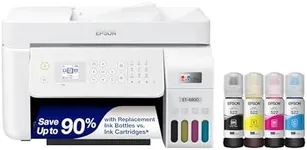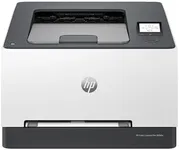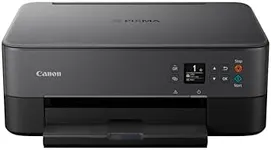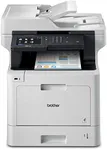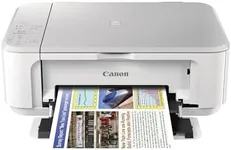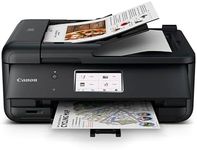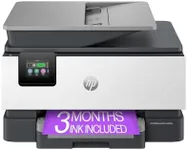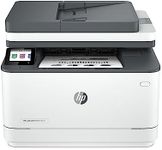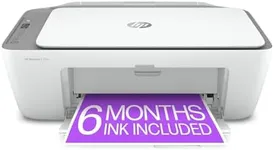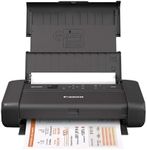Buying Guide for the Best Airprint Printers For Ipads
Choosing the right AirPrint printer for your iPad can greatly enhance your printing experience by making it more convenient and efficient. AirPrint is a technology from Apple that allows you to print from your iPad without needing to install drivers or software. When selecting an AirPrint printer, it's important to consider several key specifications to ensure it meets your needs. Here are the main specs to look at and how to choose the best fit for you.Print QualityPrint quality is measured in DPI (dots per inch) and determines how sharp and detailed your printed documents and photos will be. Higher DPI values mean better print quality. For general document printing, a DPI of 600x600 is usually sufficient. If you plan to print high-resolution photos or detailed graphics, look for a printer with a DPI of 1200x1200 or higher. Consider what you will be printing most often to decide the level of print quality you need.
Print SpeedPrint speed is measured in pages per minute (PPM) and indicates how quickly a printer can produce documents. Faster print speeds are beneficial if you need to print large volumes of documents regularly. For occasional home use, a printer with a speed of 10-20 PPM is typically adequate. For office use or frequent printing, look for models with speeds of 20-30 PPM or higher. Think about how often and how much you print to determine the right print speed for you.
Connectivity OptionsWhile AirPrint ensures seamless printing from your iPad, additional connectivity options like Wi-Fi, Ethernet, and USB can provide more flexibility. Wi-Fi connectivity allows you to print from multiple devices wirelessly, while Ethernet offers a stable connection for office environments. USB ports can be useful for direct printing from a computer. Consider your home or office setup and how you plan to connect your printer to choose the right connectivity options.
Paper HandlingPaper handling refers to the types and sizes of paper a printer can accommodate, as well as its paper tray capacity. If you print a variety of documents, including envelopes, labels, or photo paper, ensure the printer supports these media types. A larger paper tray capacity is useful for high-volume printing, reducing the need to refill paper frequently. Assess your typical printing tasks to determine the necessary paper handling capabilities.
Duplex PrintingDuplex printing allows a printer to automatically print on both sides of a sheet of paper, which can save time and reduce paper usage. This feature is particularly useful for creating professional-looking documents and for those who print frequently. If you often print double-sided documents, look for a printer with automatic duplex printing. If this is not a common need, a printer without this feature may suffice.
Ink or Toner CostsThe cost of ink or toner can add up over time, so it's important to consider the long-term expenses associated with your printer. Some printers have high initial costs but lower ongoing ink or toner costs, while others may be cheaper upfront but more expensive to maintain. Research the cost and yield of replacement cartridges to understand the total cost of ownership. Choose a printer that balances initial cost with affordable long-term maintenance based on your printing volume.
Size and DesignThe size and design of a printer can affect where you place it and how it fits into your workspace. Compact printers are ideal for small spaces or home offices, while larger models may offer more features but require more room. Consider the available space in your home or office and choose a printer that fits comfortably without compromising on the features you need.
